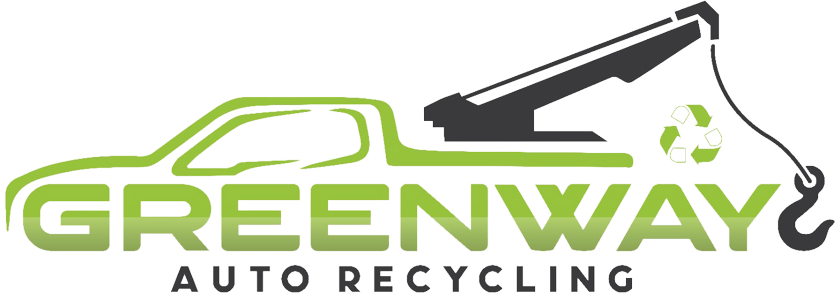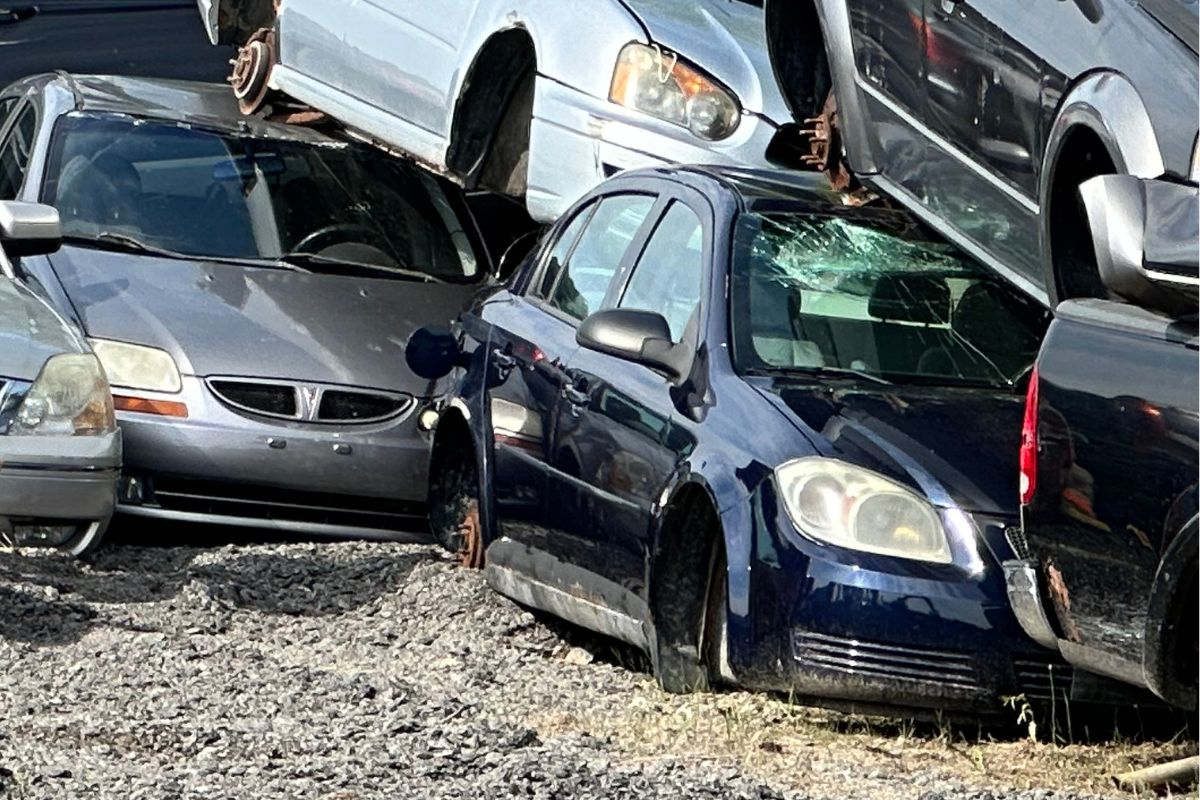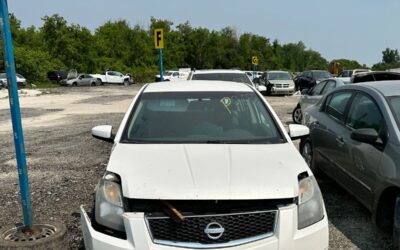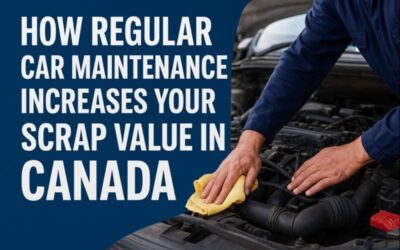Introduction
Your old, non-working car doesn’t have to be a worthless waste. Many people assume junk cars sit rusting in the back of a yard or, worse, end up in a local landfill. This just isn’t true. Scrap car removal companies are taking old cars and turning them into valuable resources.
Scrap car removal companies have designed a smart, safe, and systematic way to recycle every last part from a car. This reduces pollution, saves natural resources, and keeps toxic waste out of the environment. Let’s explore how this entire process works, step by step.
Collection & Towing
The first step is for the car owner to contact a nearby car scrapyard. Once the service is confirmed, a pickup is scheduled at your location. Most trustworthy scrap car removal companies even do it for free! This means you won’t incur any cost for transporting the car. The scrap car removal service sends a tow truck to your home, garage, or accident vehicle location.
The driver will check the vehicle’s paperwork and condition before safely towing it to its scrap location or recycling yard. This process helps safely remove abandoned or damaged vehicles from the street and private properties. It also prevents old vehicles from leaking harmful fluids into the ground.
Initial Inspection
When the car arrives at the recycling facility, it is visually inspected. The team examines the vehicle to see if it is in good condition. The technicians inspect items like the engine, tires, doors, seats, and other accessories. This process helps determine which items can be reused or sold as second-hand parts.
Some vehicles may still have functional engines, batteries, and electronic components. If useful parts are discovered, they are marked for removal before moving to the next stage. An effort is made not to recycle useful parts.
Depollution
Our team will remove all hazardous materials before the vehicle is dismantled. This is known as ‘depollution’ and it is vitally important because many older vehicles contain hazardous, toxic fluids and materials that could harm people and the environment. The team carefully drains the motor oil, brake fluid, transmission oil, antifreeze, fuel, and windshield washer fluid, draining everything into a proper disposal or recycling container. Liability is also reduced by extracting automotive batteries, airbags, fuel tanks, and mercury switches. They will remove the tires and ensure they are recycled separately. All hazardous materials will be handled correctly to eliminate the risk of fire hazards, chemical spills, and air and soil pollution.
Dismantling reusable parts
After depollution, the car moves to the dismantling section. Here, auto wreckers carefully remove usable parts by hand or with tools. They remove components such as:
-
- Engine
- Transmission
- Alternator
- Starter motor
- Tires
- Lights
- Mirrors
- Seats
- Audio systems
Some of these parts are cleaned and tested. If they work well, they are sold as affordable used auto parts. Many people choose these parts to repair their cars at lower costs. This step lowers the demand for new parts and eases pressure on factories and raw material use.
Also Read: How Parts Shortages Might Be Driving Illegal Car Scrapping
Shredding and material separation
When all the usable parts have been salvaged, the remaining frame of the vehicle goes to the shredder. Powerful machines crush and shred the metal frame within moments. After the shredding, the mixed material goes through a series of separators. Magnets will help separate steel and iron from the other mixed materials.
Other techniques will separate aluminum, copper, plastics, rubber, and glass. Separating the material during this process makes it easy to send each material to its appropriate recycling unit. For instance, steel pieces will go to steel mills, while plastic debris will go to plastic recycling facilities.
Recycling separated materials
The separated materials then enter their recycling processes. Here is how it usually works:
-
- Steel and Iron: These metals are melted in large furnaces. They are then turned into sheets, rods, or other shapes for new products.
- Aluminium and Copper: These materials are melted and reused to manufacture new car parts, construction tools, and household products.
- Plastics: Clean plastic parts are melted and reshaped into new plastic items.
- Glass: Glass from windows and mirrors is crushed, melted, and turned into new bottles, jars, or vehicle glass.
Disposal of non-recyclable residues
There will always be a slight waste leftover after recycling the vast majority of the components. This waste, known as automotive shredder residue (ASR), is a mix of foam, plastics, rubber particles, and fibers. Because ASR is difficult to recycle, it is either properly disposed of in a landfill or processed using new waste-to-energy processes. With an eye toward a ‘zero ASR’ goal, modern salvage yard owners are striving to eliminate ASR by developing alternative recycling methods for these difficult-to-recycle materials moving forward.
Also Read: Understanding the Role of Auto Wreckers in the Canadian Scrap Car Industry
Environmental & economic benefits
Recycling scrap cars provides huge benefits to both the environment and the economy. Here’s how:
-
- Reduces Pollution: Recycling prevents harmful chemicals from entering soil, air, and water.
- Saves Natural Resources: It reduces the need for mining new metals and harvesting materials like rubber and wood for car parts.
- Cuts Energy Use: Making products from recycled materials uses far less energy than starting from scratch.
- Creates Jobs: The industry provides jobs for drivers, technicians, sorters, recyclers, and salespeople.
- Offers Affordable Parts: Reused parts help vehicle owners repair cars at lower prices.
Conclusion
Automobile recycling involves more than simply scrapping metal. It is a systematic and comprehensive undertaking that represents the proper recycling of all usable parts. From the delivery of the vehicle to depolluting the vehicle, extracting parts, to shredding, each stage of the procedure has its own tasks. Accredited scrap car removal companies can complete this process with safety and responsibility.
If you live in the Greater Toronto Area, Greenway Auto Recycling is one of the reliable names in this field. They offer quick scrap car pickup, proper recycling, and eco-friendly disposal of end-of-life vehicles. With services like these, you not only clear space at home but also help protect the environment for future generations.





